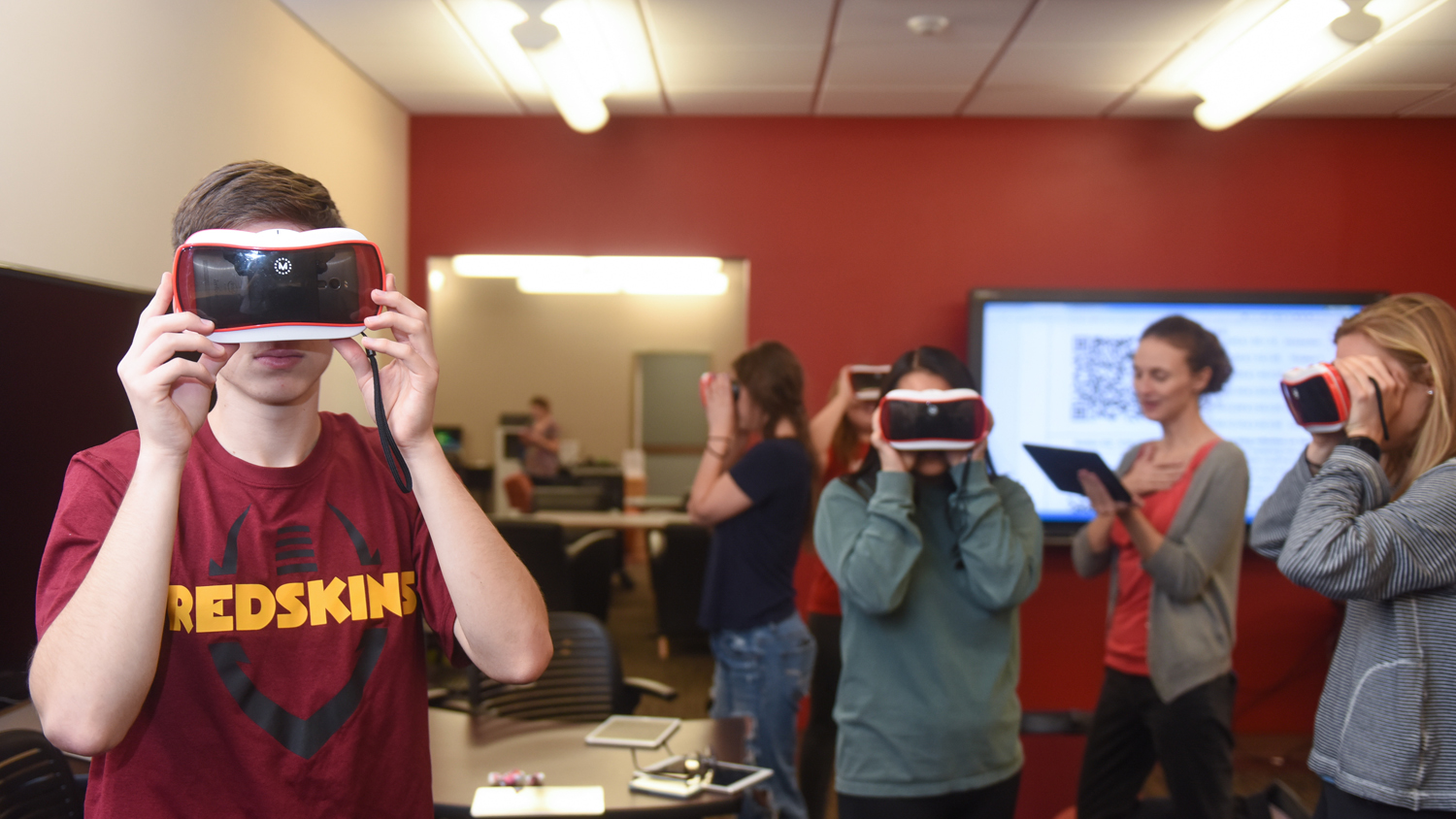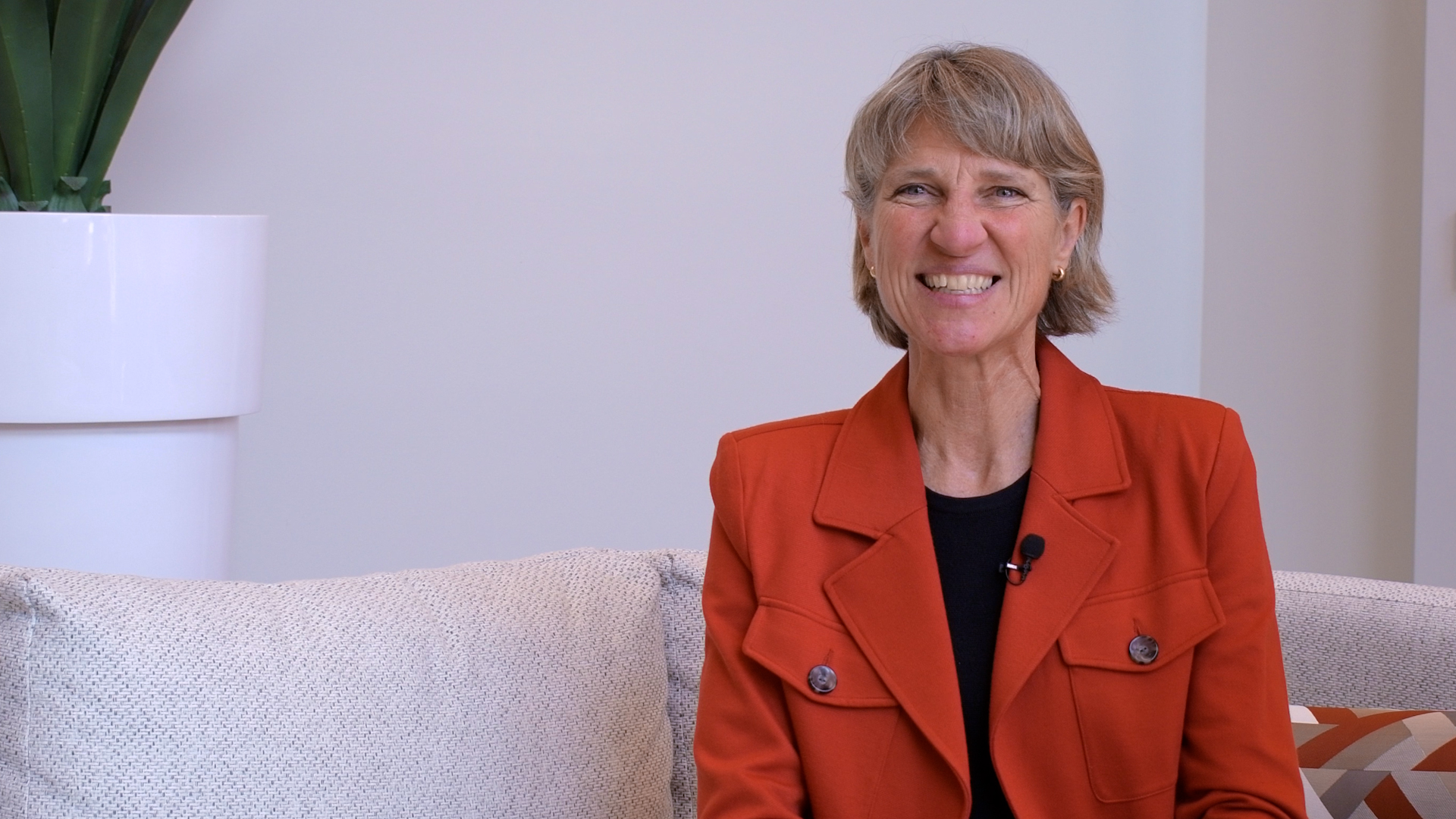Associate Professor Cesar Delgado Will Help Science Students Understand Scale in Virtual Reality Environments Through Work on $1.3M NSF Grant

Young students often hold the belief that the smallest objects in existence are the smallest objects they can see with the naked eye and struggle to conceive of scientific entities that are too small to see. Even older students often struggle with concepts of size and scale in science, not realizing that there are drastic differences in relative size among various microscopic entities.
These misconceptions, NC State College of Education Associate Professor Cesar Delgado, Ph.D., said, can often lead to students holding inaccurate understandings about scientific concepts, for example confusing cells and molecules.
As the co-principal investigator on the three-year “Virtual Reality to Improve Students’ Understanding of the Extremes of Scale in STEM” project, funded by $1.3 million from the National Science Foundation, Delgado will help uncover how students’ understanding of scale and numeracy can be improved through the use of virtual reality (VR) technology.
“A critical breakthrough for students is to realize that there are, in fact, objects too small to see and another is to flesh out the unseen world by realizing that there are dramatic differences in size even among the tiny, unseen objects,” Delgado said. “VR immersive technologies can provide experiences that elicit and support both of these breakthroughs, resulting in conceptual changes in students’ conceptions of the world around them.”
Through the “Virtual Reality to Improve Students’ Understanding of the Extremes of Scale in STEM” project, which is led by Assistant Professor Karen Chen, Ph.D., in the Department of Industrial and Systems Engineering in the NC State College of Engineering, students will be able to see scientific entities in relation to their own bodies and conduct realistic size comparisons in “Scale Worlds,” an immersive virtual environment.
The program will feature 31 distinct environments that students navigate through the use of numeric symbols in scientific and standard notation. Scientific entities, ranging in size from a blue whale to a water molecule, will be distributed amongst these environments, each of which will correspond to a different exponent in scientific notation.
At 100x magnification, for example, Delgado said a student would see a bumblebee that is roughly their size and a flea that would appear to be about the size of a grape. When the student is in the 10,000x environment, however, they would be the size of a dust mite and be able to see a pollen grain that appears to be the size of a tennis ball as well as a chipmunk and even a flea that towers over them.
“VR will allow for students to have a vivid, embodied experience of scale worlds too small or too large to experience in any other way,” Delgado said. “As students travel across Scale Worlds, they can experience scientific entities by seeing them, walking around them, comparing them to other entities or their own bodies. It makes abstract concepts concrete and accessible to students.”
To assess the effectiveness of the virtual reality environments, middle school and undergraduate students will be assigned to either a projection-based virtual environment, known as “CAVE,” a head-mounted virtual reality display or a non-virtual reality desktop simulation condition.
A study that observes students in different versions of the Scale Worlds environment aims to offer insight on the impact of the features on student engagement and the project team hopes to offer recommendations for STEM educators on technology use as well as publicly accessible lesson plans for leveraging Scale Worlds for STEM learning, developed in partnership with practicing teachers.
- Categories:


